
Previewing 2022 Major Meteor Events
As in all years, the activity of meteor showers largely depends on the phase of the moon. If the moon…

As in all years, the activity of meteor showers largely depends on the phase of the moon. If the moon…
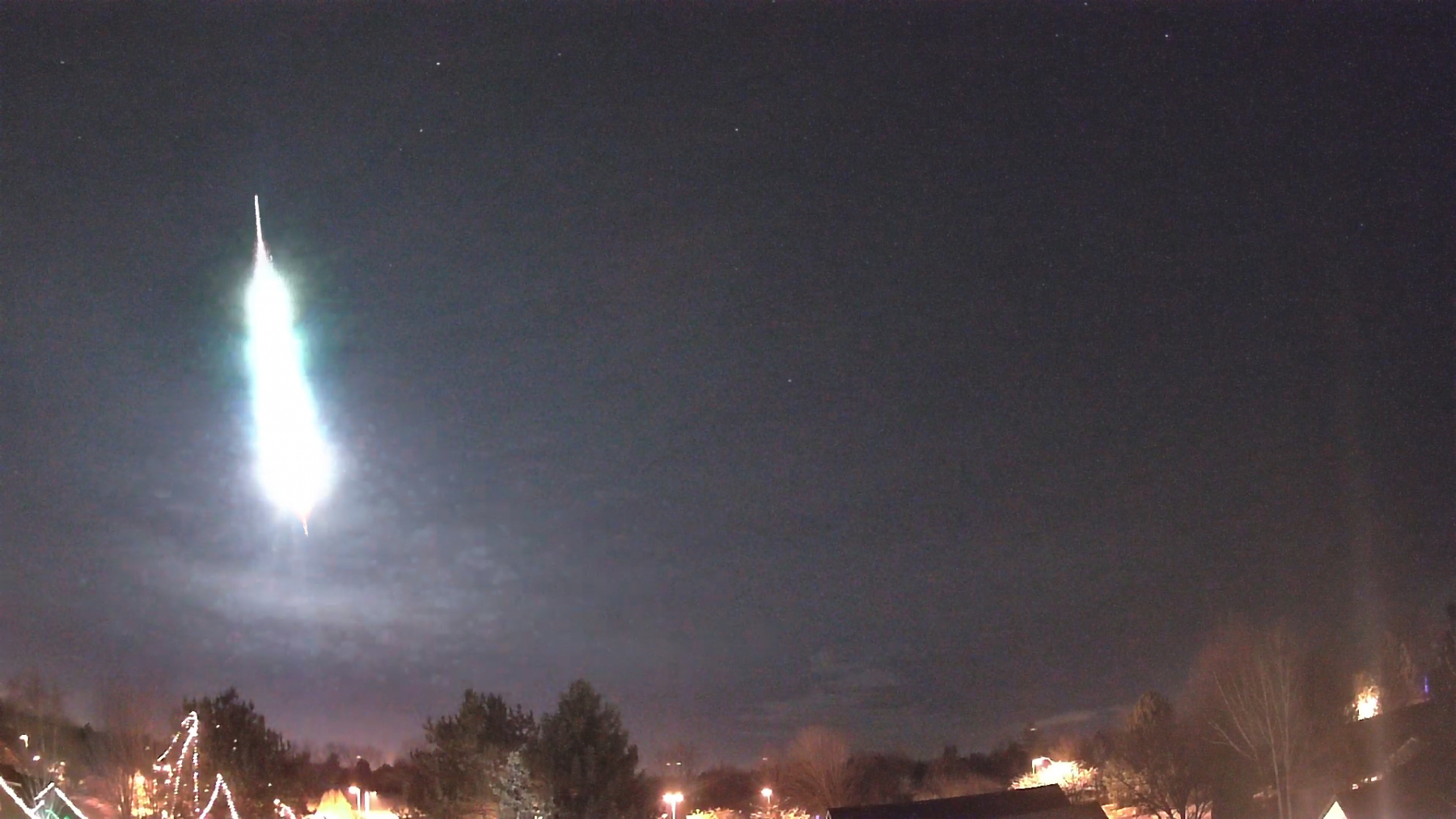
During this period, the moon reaches its first quarter phase on Tuesday February 8th. At that time the moon lies near 90 degrees east of the sun and sets near 01:00 local standard time. This weekend the waxing crescent moon will set during the early evening hours and will not interfere with meteor observing during the more active morning hours.
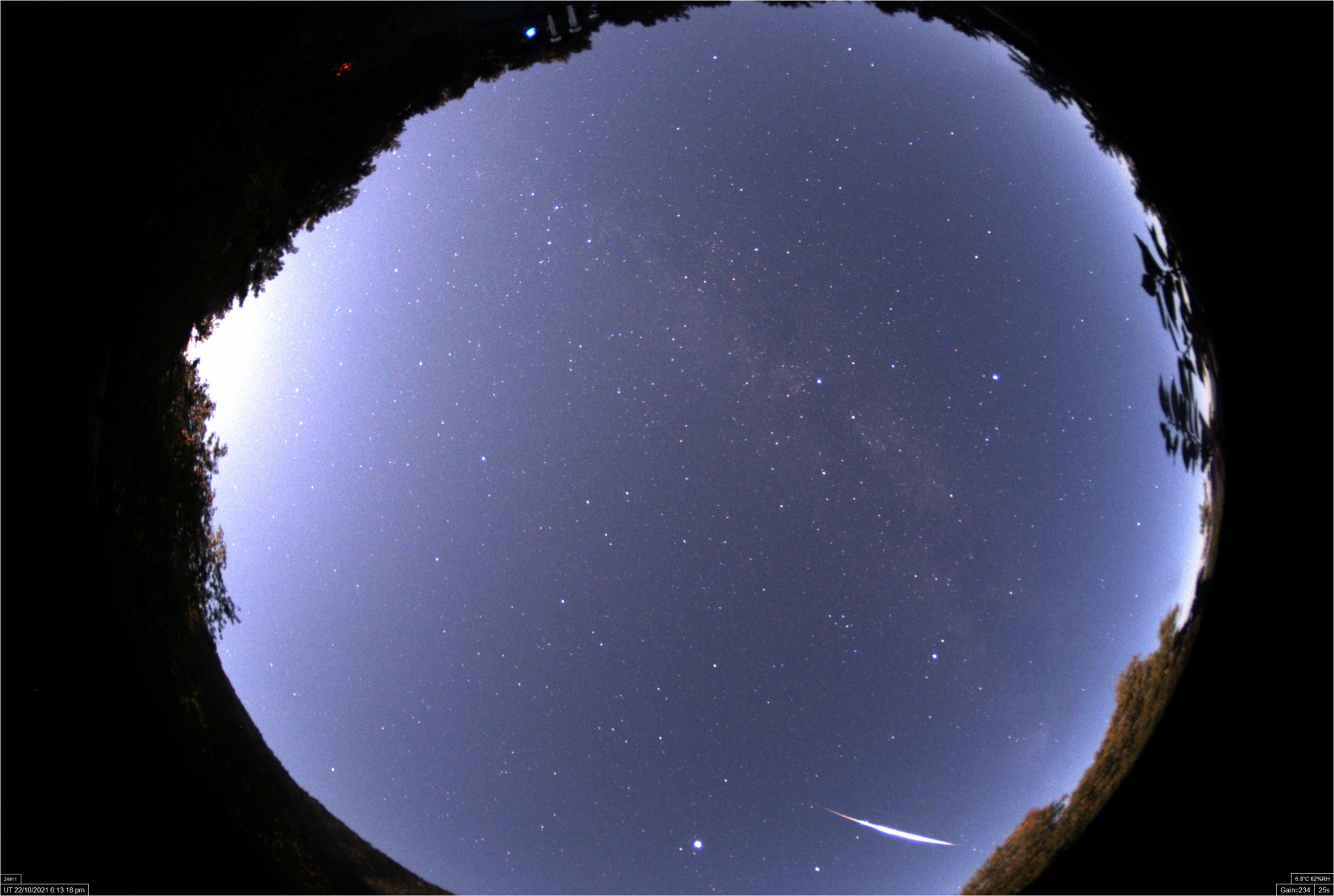
During this period, the moon reaches its last quarter phase on Tuesday January 25th. At that time the moon lies 90 degrees west of the sun and rises near midnight. This weekend the waning gibbous moon will rise during the early evening hours, spoiling the sky with intense moonlight for the remainder of the night.

During this period, the moon reaches its full phase on Monday January 17th. At that time the moon lies opposite the sun and remains above the horizon all night long. This weekend the waxing gibbous moon will set just prior to dawn, allowing only a small amount of time to view under moonless conditions before the break of dawn.
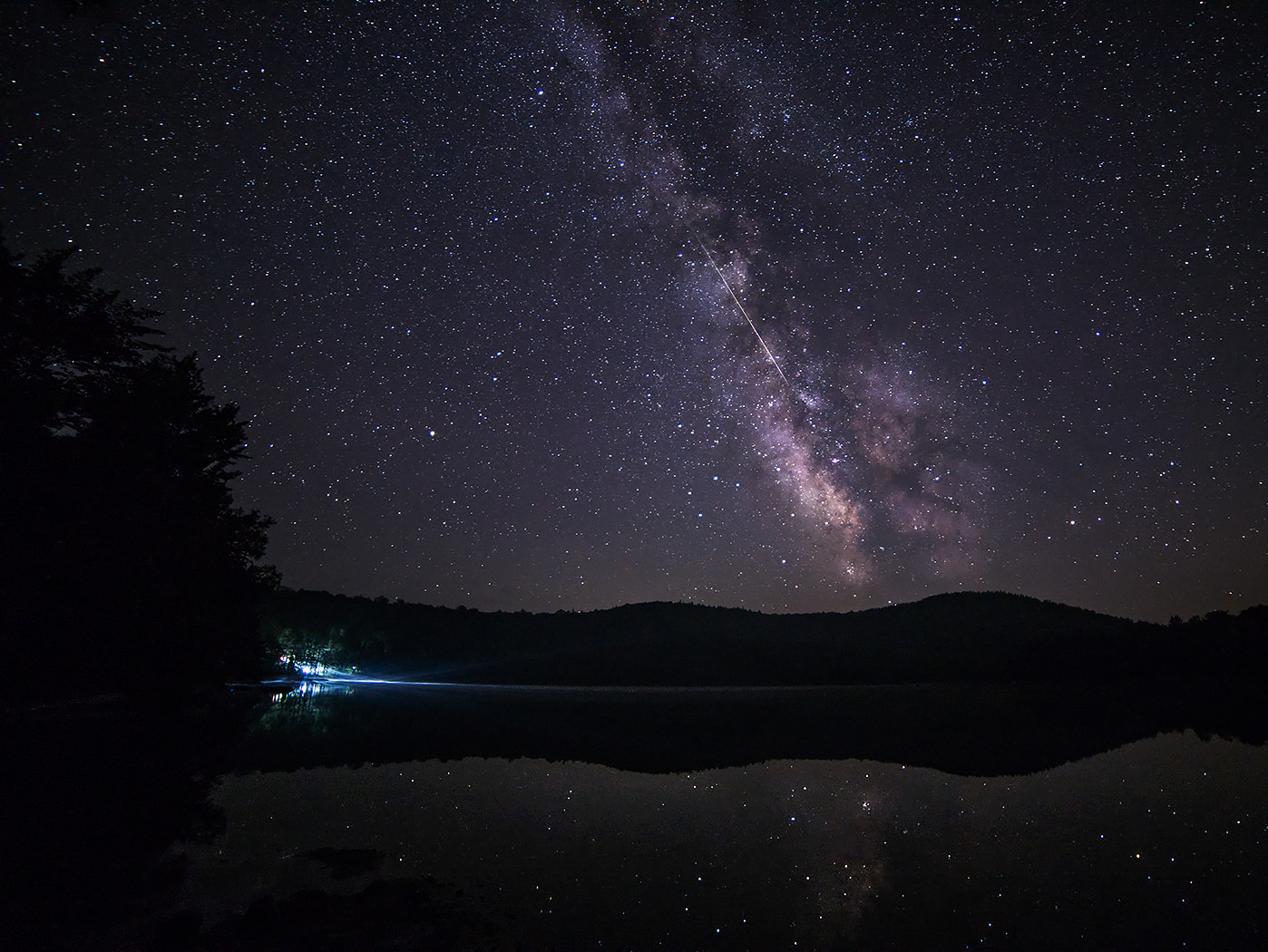
Rick Matthias was photographing the summer Milky Way during the Perseid meteor shower last August when this bright meteor shot…

The Quadrantids can be one of the strongest displays of the year, yet they are difficult to observe.

During this period, the moon reaches its full phase on Sunday December 19th. At that time the moon lies opposite the sun and is above the horizon all night long. As the week progresses the waning gibbous moon will rise approximately 45 minutes later each night, allowing a small window of opportunity to view under dark skies between dusk and moon rise.

During this period, the moon waxes from its first quarter phase to nearly full. This weekend the waxing gibbous is in the sky during the evening hours and sets just after midnight local standard time. As the week progresses the moon will set approximately 45 minutes later each night and by the end of the week it will be above the horizon all night long.

Year in and year out the Geminids are currently the most dependable meteor shower. Unfortunately, they are active in December when temperatures are often cold and skies cloudy in the northern hemisphere. Then is this display worth viewing this year? Most certainly, but this year will be compromised with a bright waxing gibbous moon in the sky until 2:00am. Many meteors can still be seen it will be more of a challenge than usual.

During this period, the moon reaches its new phase on Saturday December 4. At that time the moon lies near the sun and is invisible at night. As the week progresses the waxing crescent moon will enter the evening sky but will set before the more active morning hours arrive.

During this period, the moon wanes from nearly full to just over half illuminated. This is the worst time of the month to try and view meteor activity as the more active morning hours are completely saturated by moonlight. If one has patience, you can try viewing during the evening hours between dusk and moonrise.
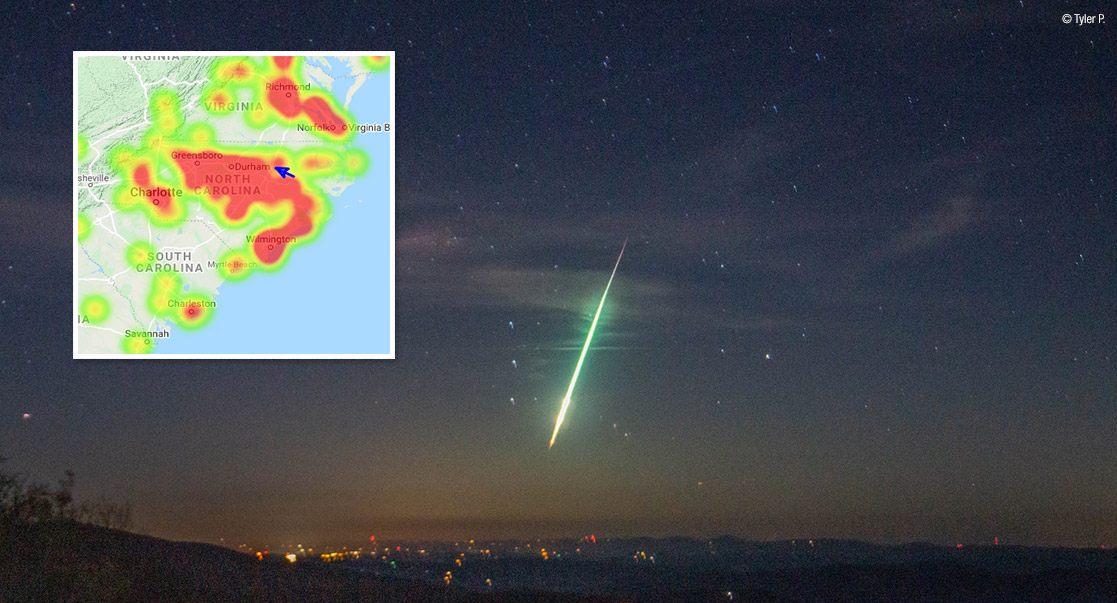
Nearly 500 reports from 13 states No, this is not a report of the launch of the Falcon 9 rocket…

Christy Turner captured this bright meteor passing passing through a gorgeous star field at 23:10 MDT on 12 August 2021…

After a meteorite fragment smashed through a residential roof last weekend, Western University meteorite experts are seeking the public’s assistance in sharing privately-held video footage from smart phones, dashboard cams or security cameras that may have captured a fireball passing through the sky over southeastern British Columbia last Sunday evening (October 3, 2021) at 11:33pm local time.
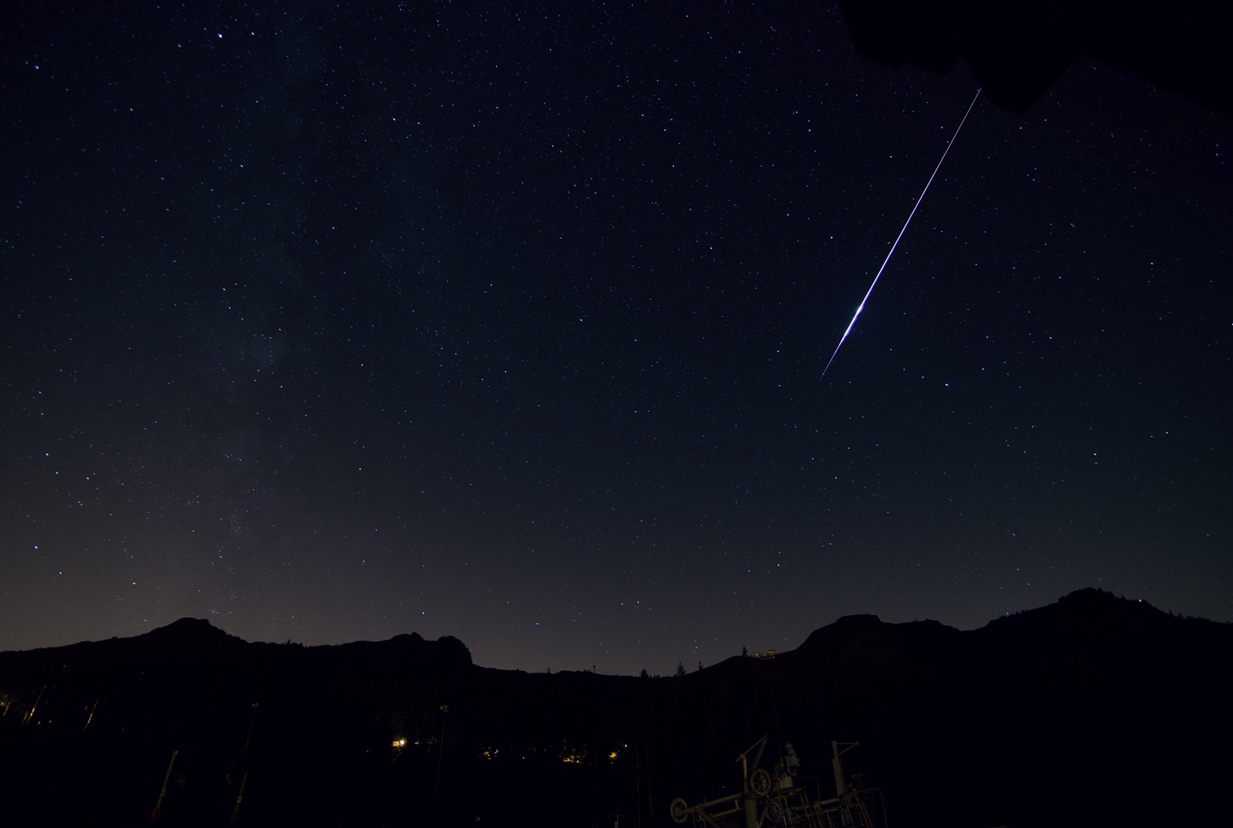
During this period, the moon reaches its first quarter phase on Tuesday October 12th. At that time the moon lies 90 degrees east of the sun and sets near 23:30 local daylight saving time (LDST). This weekend the waxing crescent moon will set during the evening hours and will not interfere with meteor observing, especially during the more active morning hours.
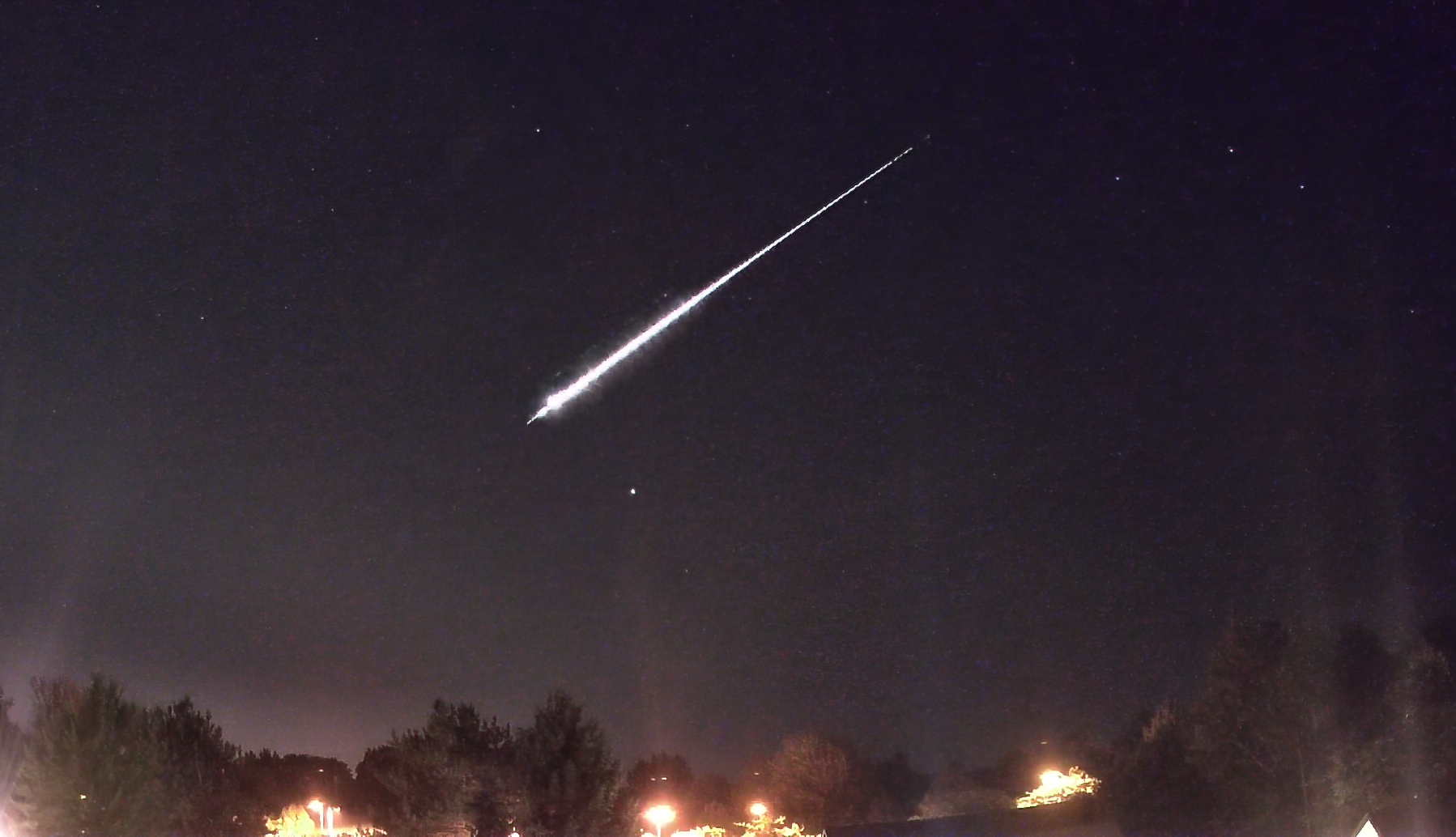
During this period, the moon reaches its new phase on Wednesday October 6th. At that time the moon lies near the sun and is invisible at night. This weekend the waning crescent moon will rise during the late morning hours and will not interfere with meteor observing.
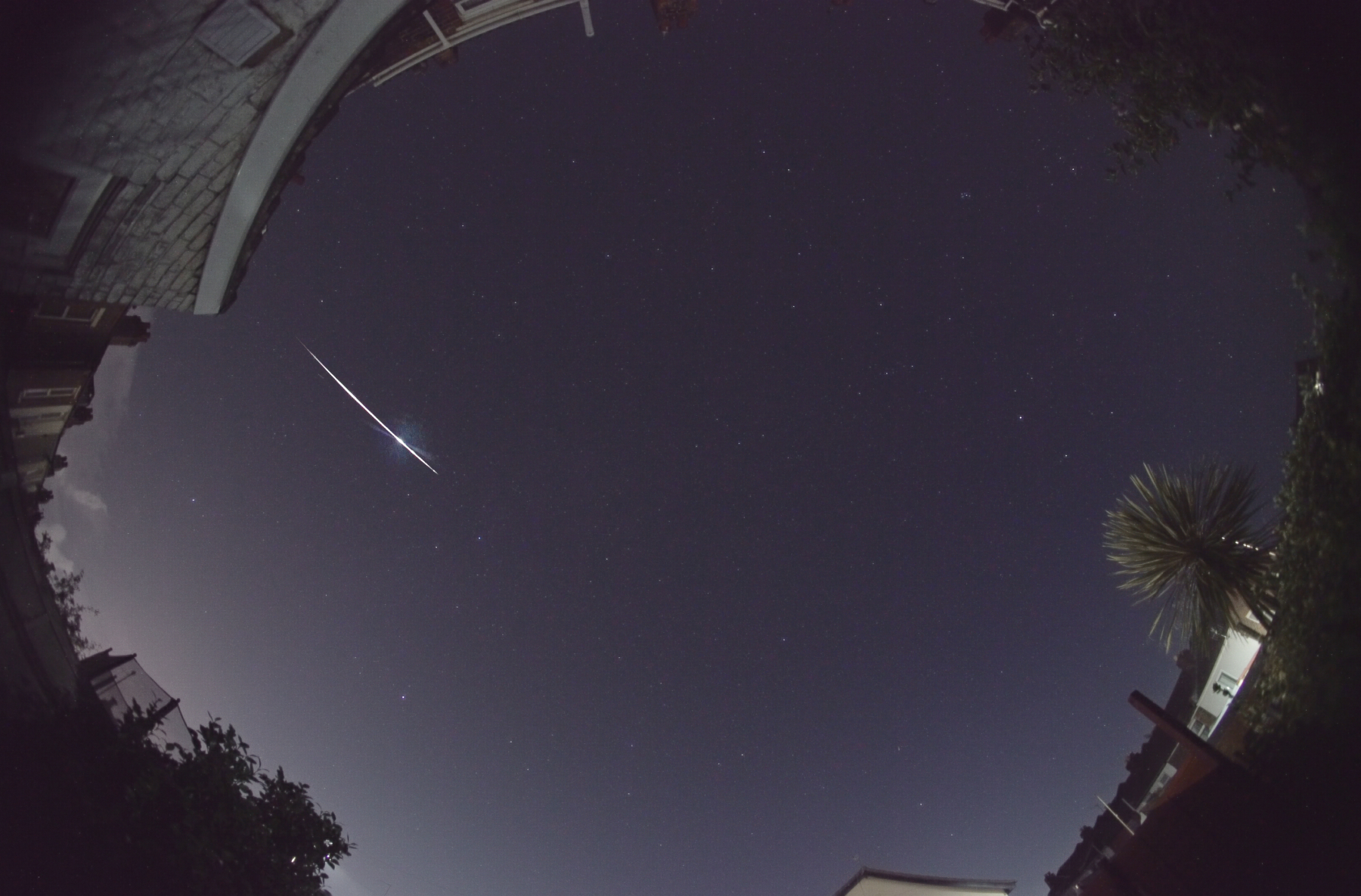
During this period, the moon reaches its last quarter phase on Tuesday September 28th. At that time the moon lies 90 degrees west of the sun and rises near 23:00 local daylight saving time (LDST). This weekend the waning gibbous moon will rise during the late evening hours and will interfere with meteor observing the remainder of the night.
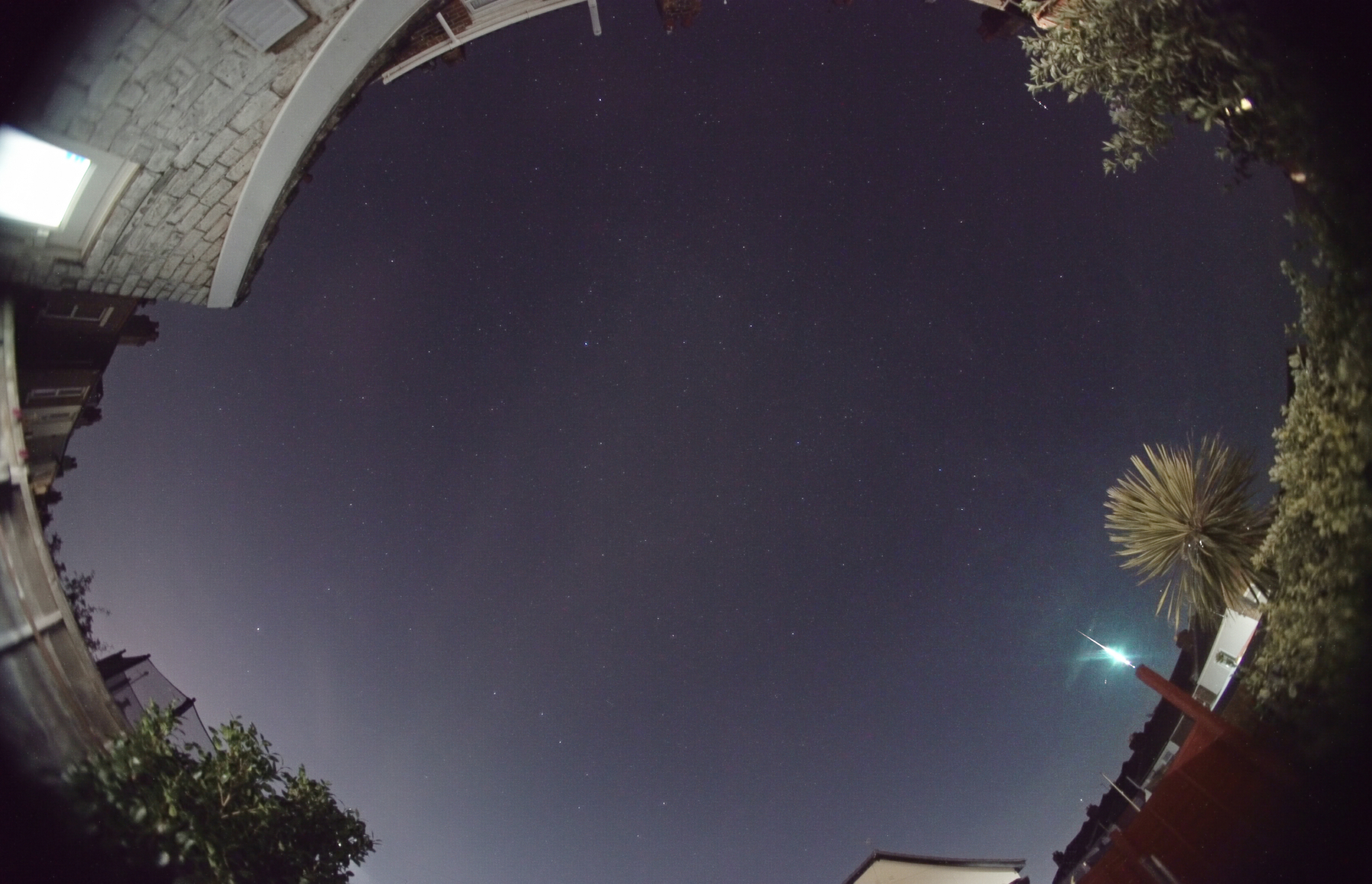
During this period, the moon reaches its full phase on Monday September 20th. At that time the moon lies opposite the sun and remains above the horizon all night long. This weekend the waxing gibbous moon will set during the late morning hours, allowing only a limited opportunity to view under dark skies between moon set and dawn.
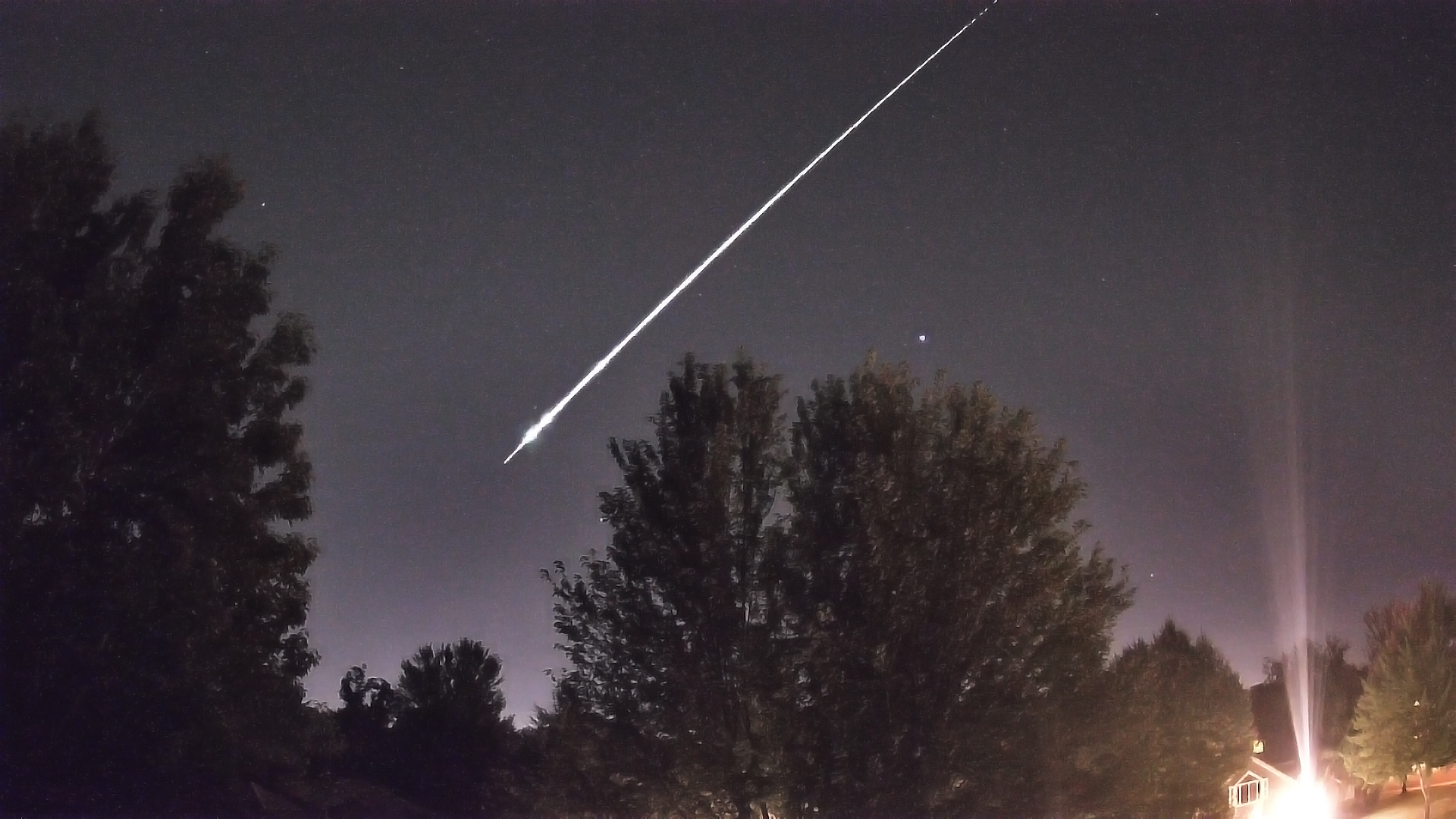
Jordan Ragsdale caught this multiple bursting fireball using an AllSky Camera System (https://www.allskycams.com/). This fireball occurred at 5:16 MDT (11:16…

During this period, the moon reaches its new phase on Monday September 6th. At that time the moon lies near the sun and is invisible at night. This weekend the waning crescent moon will rise shortly before dawn and will not interfere with meteor observing. Late in this period the waxing crescent moon will enter the evening sky but again it will set near the end of dusk and will not interfere with meteor observing.

During this period evening skies will be free of interfering moonlight, but morning observers must take care to avoid the moon within their field of view. The moon rises later with each passing night enlarging the window of opportunity to view meteor activity under darker skies.